Bored of your wardrobe, ladies? Well, you’re in luck. DSM Denim just released a sneak peek of their fall line, now available for pre-order. Pick the pair that bests suits your personality… or, heck, splurge on all four.
___________
As children, most of us our taught not to label one another, to avoid stereotypes and to not judge a book by its cover. Yet, modern psychiatry has developed an entire bible of labels used for diagnosis known as the Diagnostic Statistical Manual. Yesterday’s idiosyncrasies have become today’s disorders. Personality disorders are an interesting phenomenon. The list of disorders in the diagnostic statistical manual grows bigger every year. Instead of viewing a bout of depression or anxiety as a transitional phase, the DSM terms it a mental disorder.
Little beings who haven’t even fully come into their own personalities are being diagnosed with personality disorders, conduct disorders, ADHD, or autism. The latter wasn’t even a concept that existed thirty years ago. Perhaps a child’s hyperactivity is playful curiosity, or a result of the sugary granola bar snack and juice box they consumed at recess.
As children enter adolescence and high school, hormones are thrown for a loop. Troubling feelings may arise over not fitting in, being teased, the onset of acne or many other milestones on the journey to self-discovery. It used to be called growing pains. Now it’s a condition. Lest us not forget homosexuality was coined a disorder in the DSM up until 1973. As we become more aware of the complexity and underlying humanity in our unique differences, we should see the danger in diagnosing.
In my first abnormal psychology class in college, I was forewarned by my professor not to be seduced into self-diagnosing. He said it happens all the time when new students begin reading symptoms of a disorder, they can identify with certain experiences and may begin to question their “normalcy”. The truth is, it’s all normal. There is no cookie cutter for health. There is no cookie cutter for disease. Perhaps there is a bizarre comfort in conforming to an archetype, even if it has negative connotations. Maybe it is a quick fix to just deem ourselves defective and shop for prescriptions.
I think embracing health means honoring our differences, instead of casting them aside as deficiencies. There is something incredibly empowering about refusing to let an emotion or behavior define you. We can learn from all of these experiences… then move on.





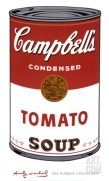

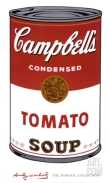
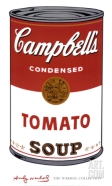
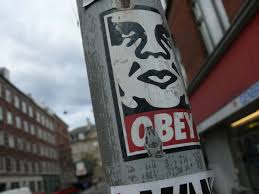
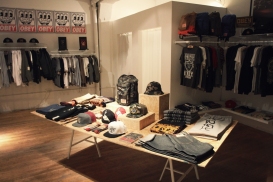 OBEY Retail Space In London, UK
OBEY Retail Space In London, UK